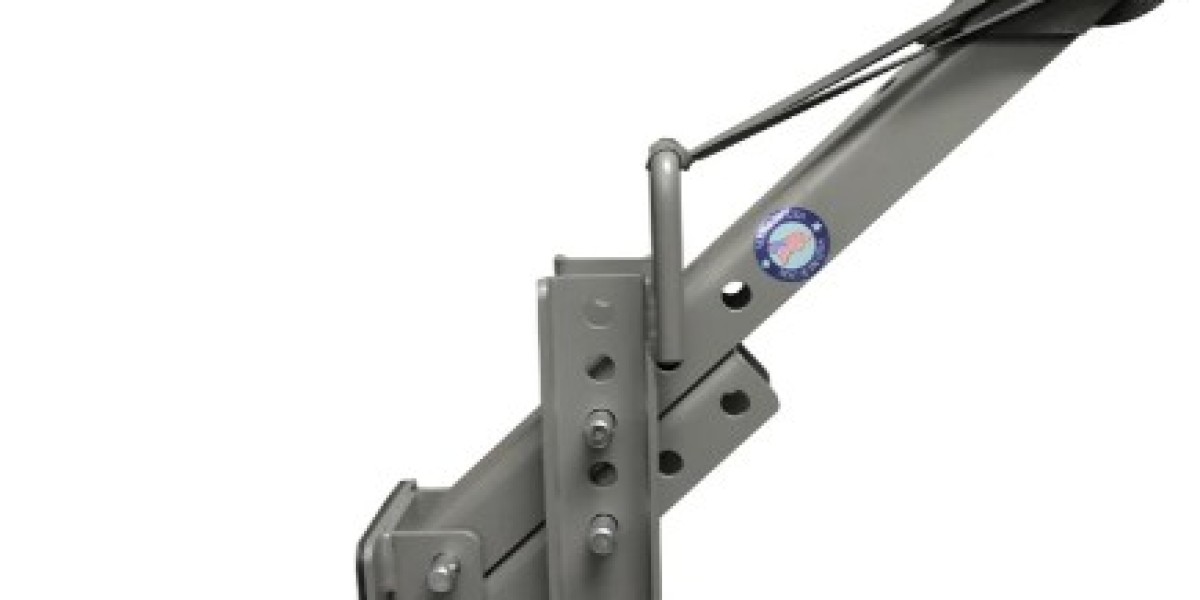In the world of DIY projects and professional construction, efficiency and precision are key. Among the myriad of tools designed to make life easier, the door lifter tool stands out for its simplicity and effectiveness. Whether you’re hanging a new door, adjusting an existing one, or performing maintenance tasks, a door lifter tool can significantly streamline the process. In this blog, we’ll explore what a door lifter tool is, its various types, and how it can revolutionize your approach to door-related projects.
What is a Door Lifter Tool?
A door lifter tool is a specialized device used to raise and hold a door in place while it is being fitted, adjusted, or repaired. It typically consists of a foot pedal or lever mechanism that allows the user to lift the door with minimal effort. This tool is especially useful for heavy doors, such as those made of solid wood or metal, which can be cumbersome and difficult to handle alone.
Types of Door Lifter Tools
Door lifter tools come in various designs, each suited to different tasks and preferences. Here are some common types:
- Manual Door Lifters: These are the most basic type, often resembling a simple wedge or lever. They require the user to manually lift the door by stepping on the pedal or lever.
- Pedal-Operated Door Lifters: These tools are more advanced and typically feature a pedal that the user steps on to raise the door. The pedal mechanism allows for greater control and precision.
- Hydraulic Door Lifters: For heavy-duty applications, hydraulic door lifters use hydraulic pressure to lift the door. These are usually more expensive but provide excellent stability and ease of use.
- Electric Door Lifters: These are the most advanced type, using electric motors to lift and hold the door. They are ideal for professional use where multiple doors need to be handled frequently.
Benefits of Using a Door Lifter Tool
1. Enhanced Safety
Handling heavy doors can pose a significant risk of injury, particularly to the back and fingers. A door lifter tool minimizes this risk by allowing you to lift and maneuver the door with minimal physical effort. This reduces the likelihood of strains, sprains, and other injuries associated with manual door handling.
2. Increased Precision
Aligning a door perfectly within its frame is crucial for proper operation. A door lifter tool provides the stability and control needed to achieve precise alignment. This is especially important for doors with complex hinges or those that need to fit tightly within their frames.
3. Time Efficiency
Time is a valuable resource in any project. Using a door lifter tool can significantly speed up the process of hanging or adjusting a door. This efficiency is particularly beneficial for professionals who handle multiple doors in a day, as well as DIY enthusiasts who want to complete their projects quickly and accurately.
4. Versatility
A door lifter tool is not just for hanging doors. It can also be used for other tasks such as fitting door stops, adjusting door hinges, and installing door closers. This versatility makes it a valuable addition to any toolkit.
How to Use a Door Lifter Tool
Using a door lifter tool is straightforward, but it’s important to follow the correct steps to ensure safety and effectiveness. Here’s a basic guide:
- Position the Tool: Place the door lifter tool at the base of the door, ensuring it is centered and stable.
- Lift the Door: Step on the pedal or lever to gently raise the door. For manual and pedal-operated lifters, this involves applying steady pressure with your foot. For hydraulic or electric lifters, follow the manufacturer’s instructions.
- Align the Door: Once the door is lifted to the desired height, carefully align it with the hinges or frame. This may require minor adjustments to ensure a perfect fit.
- Secure the Door: With the door held in place by the lifter tool, secure the hinges or other fastenings. Ensure all screws are tightened properly to prevent any movement.
- Lower the Door: Once the door is secured, slowly release the pressure on the pedal or lever to lower the door. For hydraulic or electric lifters, follow the manufacturer’s guidelines for lowering the door safely.
Choosing the Right Door Lifter Tool
Selecting the right door lifter tool depends on your specific needs and the types of doors you work with. Here are some factors to consider:
- Weight Capacity: Ensure the tool can handle the weight of the doors you typically work with. Check the manufacturer’s specifications for weight limits.
- Ease of Use: Look for a tool that is easy to operate and requires minimal physical effort. Pedal-operated and electric lifters are generally more user-friendly.
- Durability: A good door lifter tool should be made of high-quality materials that can withstand regular use. Steel and heavy-duty plastic are common materials.
- Portability: If you need to transport the tool frequently, consider its size and weight. Compact and lightweight models are easier to carry around.
- Price: Door lifter tools come in a range of prices. While it’s tempting to go for the cheapest option, investing in a high-quality tool can save you time and effort in the long run.
Conclusion
The door lifter tool is an indispensable asset for both DIY enthusiasts and professional tradespeople. Its ability to enhance safety, increase precision, and save time makes it a worthwhile investment for anyone involved in door installation or maintenance. By choosing the right tool for your needs and using it correctly, you can ensure that your door-related projects are completed efficiently and to a high standard. Whether you’re hanging a new door or adjusting an old one, a door lifter tool will undoubtedly make the task easier and more manageable.








